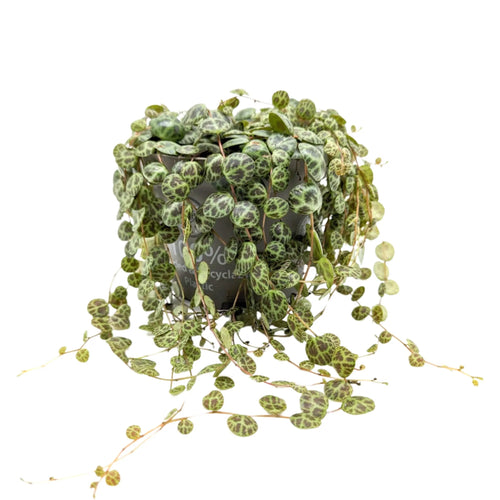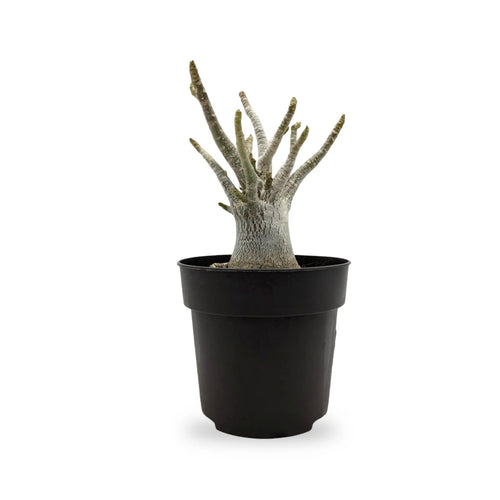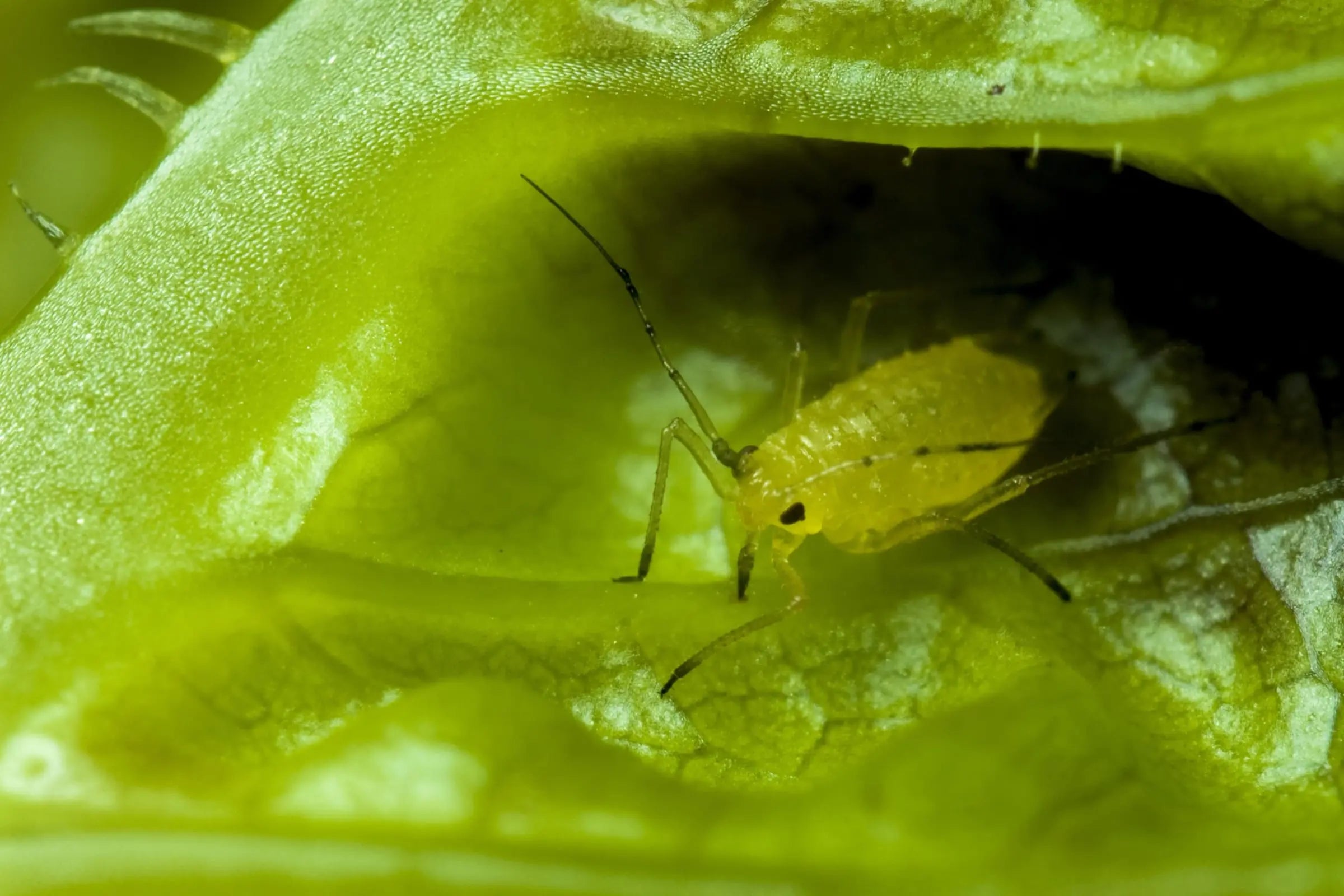Identification of Common Houseplant Pests
Learning to identify the small insects and bugs infesting your houseplants is key to treating issues properly. Common houseplant pests include aphids which are tiny pear-shaped green or black bugs, mealybugs which are white cottony masses along stems, spider mites identified by webs and yellow speckles fungus gnats seen as tiny flying dark insects. Catching infestations early maximise treatment success before major plant damage.
Understand Pest Life Cycles
The first step in managing any houseplant pest is understanding the details of its life cycle. For example, fungus gnats lay eggs in pot soil which hatch into larvae that feed on plant roots before morphing into flying adults. Mealybugs give live birth to crawlers which then spread further before maturing. This info allows targeting the most vulnerable life stage.
Isolate Infested Plants
At the first signs of pests whether visible insects, eggs along leaves undersides or unusual damage symptoms, move the affected houseplant away from all other plants to contain spread. Pests reproduce and travel plant to plant rapidly so quarantine is essential. Check neighboring plants closely for early hidden signs of bugs which may need treatment too.

Prune Damaged Areas
Carefully prune off any leaves, stems or plant sections showing major pest damage, eggs or large insect clusters. Discard this plant matter sealed tightly in bags straight to the outdoor organics collection. Never compost diseased plant parts indoors. Though pruning stimulates regrowth, removing hefty infested areas minimizes pests.
Apply Insecticidal Soap
Insecticidal soap sprayed directly onto houseplants is an organic treatment that removes most soft-bodied pests without chemicals. The soap fatally compromises insect breathing pores and cell structures but is biodegradable and won’t hurt plants. Spray the undersides of leaves thoroughly covering stems, joints and topsoil, especially for immobile pests like mealybugs and scales. If you don't want to use a specific soap, use 1 drop of water washing up liquid in 1 litre of water - this is a cheap and easy solution too.

Use Neem Oil Solutions
Extracts from the neem tree have anti-insect botanical properties working as natural houseplant pest control. Neem oil smothers insect eggs, larvae and adults while preventing reproduction and bug food absorption. Mix neem oil concentrate solutions according to label rates, and shake vigorously before spraying tops and bottoms of affected houseplant leaves for full contact.

Employ Sticky Traps
Affordable yellow or blue sticky traps secured just above the houseplant foliage offer cheap pest control attracting and catching unsuspecting flying insects. The sticky sheets then immobilize gnats, aphids, whiteflies and other tiny bugs as they feed on leaves and fly around. Position traps evenly catching pests from all directions. Replace traps regularly until infestations clear.

Apply Diatomaceous Earth
Diatomaceous earth consisting of fossilized microscopic algae shells grinds away protective coatings on soft pests like thrips, mites and aphids causing fatal dehydration once they come in contact. Dust this chalky powder lightly across houseplant soil surfaces and leaf tops and bottoms targeting current insects. Its sharp texture cuts into developing larvae and eggs too. Reapply after watering and use food grade only.

Conclusion
Combining multiple organic pest control measures like gentle soaps, plant oils and smart traps tailored to target specifics of each infestation generally combats houseplant bugs most effectively while protecting wonderful greenery. Shift prevention going forward through cautious plant isolation, drainage fixes, garden hygiene and routine inspections.










